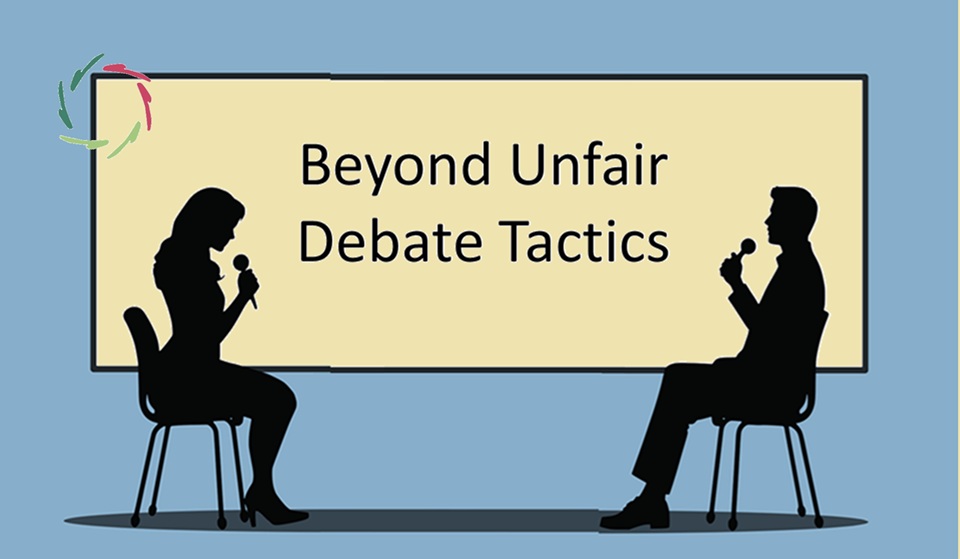Talking with Non-Conscious Patterns

This is not straightforward since non-conscious patterns are, by definition, not simply available for a conscious chat. It seems like crossing a border in communication.
How can one get to do what one wants to do?
Or: how can one become motivated when there is no motivation?
Since motivation is needed for any human endeavor, this is the most pertinent question for many people. It’s even more important with proper insight into the influence of the non-conscious mind upon health and healing. [see: “Patterns towards Health and Healing”]
In this, it is also and will become even more a constant reminder of the presence and all-pervading impact of non-conscious processing. If there were only consciousness in mind, there would be no problem with motivation, nor with any psycho-somatic illness.
One can impose a message upon non-conscious patterns.
For instance, by sheer repetition, as is done in many cases of advertising. This works eventually through the same principle of ‘talking with non-conscious patterns,’ yet it is hardly conceivable that an imposed message is depth-friendly. In advertising, not depth is sought in the first place, but selling power. The message: “Buy this product to become happier.” Of course, one doesn’t become happier, so one needs to buy more.
Conditioning towards wanted behavior is also some kind of imposing a message. It treats the non-conscious mechanically. There is no freedom in the aim of conditioning.
Arguably, what we need is freedom as well as direction in communication with non-conscious patterns. These can thereby change in healthy ways from the inside out.
This is what I denote as (auto)suggestion.
[see: “Freedom + Direction = Invitation“]
It is, of course, about the whole of AURELIS, such as in any AurelisOnLine session. For it to ‘work,’ contact is required, and for this, a special language. This may look like plain English, yet much technicality is involved that enables it to ‘cross the border.’ At the same time, art and science.
As a user, one needs to let it work this way. Nothing is imposed, which has two related consequences:
- The user always remains free not to get mentally touched.
- The user is responsible for being open to the suggestion. This is a requirement, a true responsibility, something that needs to be done.
You can find some advice regarding the latter in the ‘Introductory minitalks’ on the free AURELIS app.
The communication is parallel.
This is not like conscious communication, which is serial. Note that people talk in serial sentences, nicely fit for conscious communication. Animals hardly do so.
The human brain is still mostly parallel and pattern-based. Since this is mainly non-conscious, it gives a different impression. [see: “What is ‘Parallel’?”]
Suggestion is parallel (or ‘subconceptual’) communication.
Suggestive sentences are more like poetry than prose.
The main thing – and essential to contemplate upon – is that the aim of direct control does not forward this happening. One gets control indirectly, through oneself as a whole person. In this regard, suggestion is quite different from positive thinking.
That is more challenging and way more worthwhile towards growth from the inside out. It is also much more congruent with the aim of Compassion. [see: “Two-Sided Compassion”]
Placebo and empathy
These are two paths towards communication with non-conscious patterns [see: “Empathy vs. Placebo”]:
- Placebo is a straightforward one, with one goal imposed upon the ‘user.’ Widely opening placebo, one gets to suggestion.
- Empathy in openness leads straight to Compassion.
In talking with non-conscious patterns, Compassion is clearly of crucial importance. [see: “Compassion, basically”]


